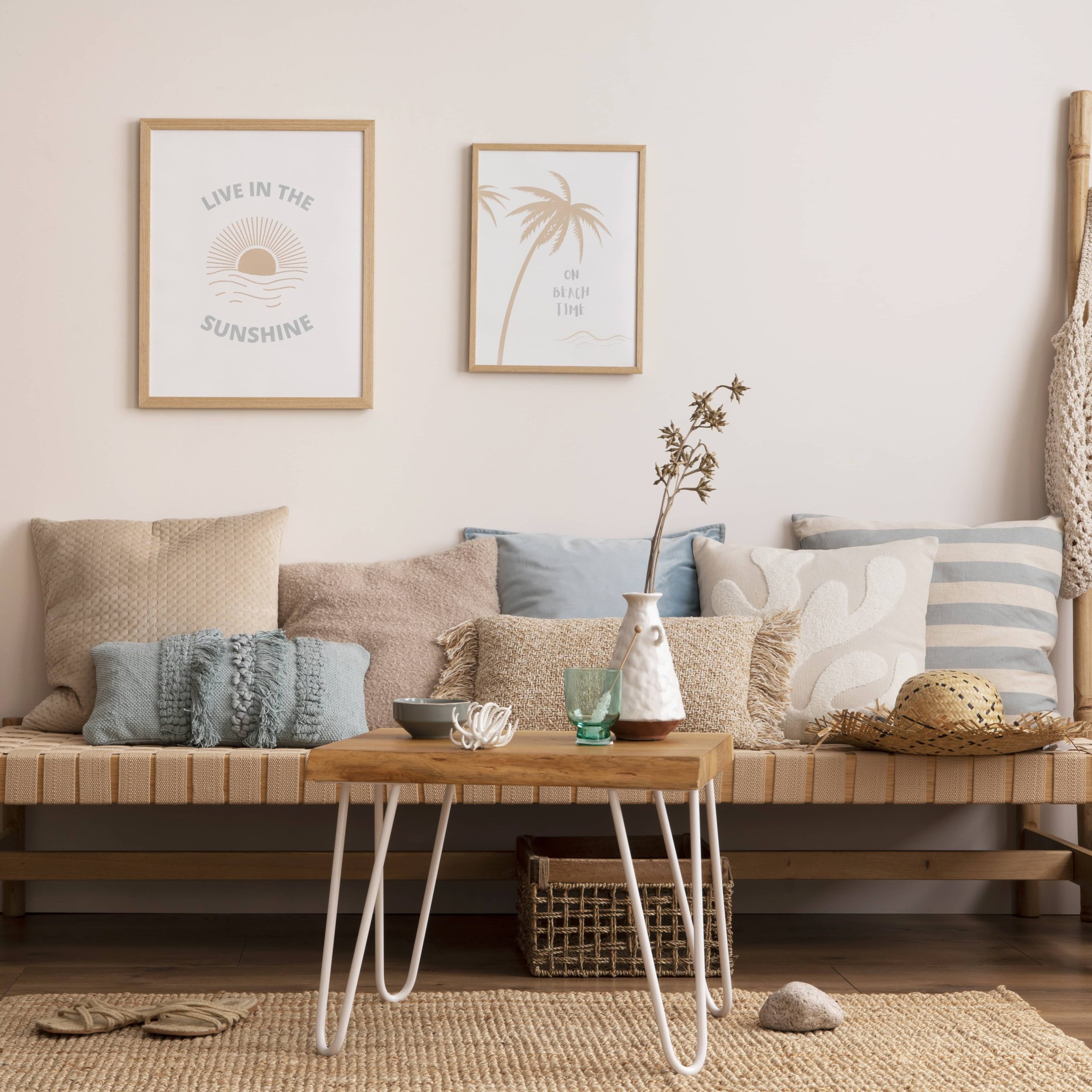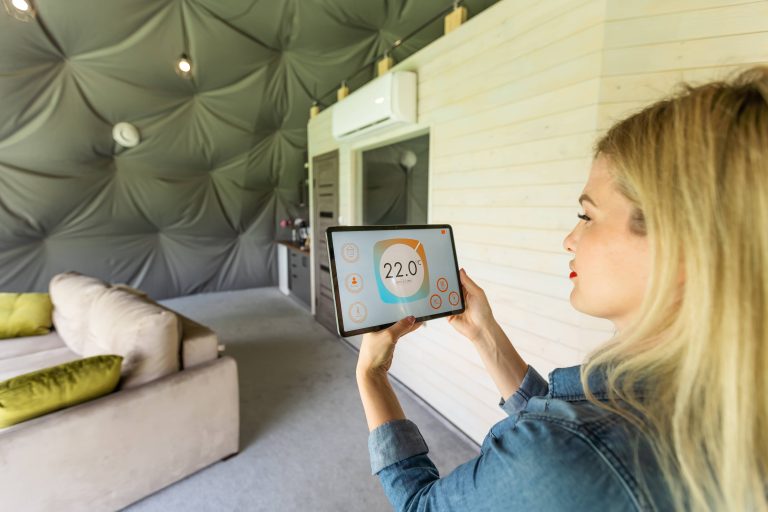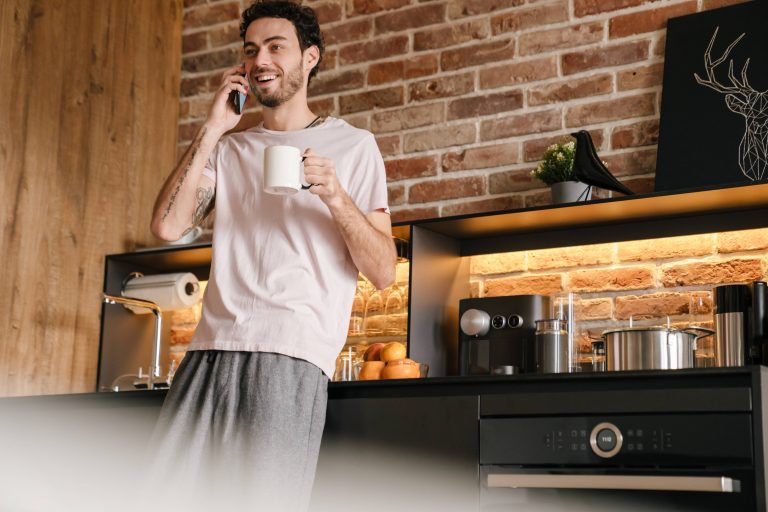
When it comes to interior design, selecting the right artwork for your walls can be a transformative decision that elevates the entire ambiance of a room. Art can add character, provoke thought, evoke emotions, and tie together various elements of your decor. However, choosing the perfect pieces requires more than just an eye for beauty; it involves a keen understanding of your space, style, and the messages you want to convey. Here’s a comprehensive guide to help you navigate the art selection process for your home.
Understand Your Space
Before diving into the types of artwork you love, take a step back and observe the space you want to adorn. Consider the size, lighting, color palette, and furniture placement. Walls vary in size and shape, affecting what kind of artwork they can accommodate naturally. A large, blank wall may scream for a bold, expansive canvas, while a narrow hallway might benefit from a series of small, subtly themed pieces. Proportions are crucial. Large artwork in a confined space can make the room feel cramped, while tiny pieces on expansive walls can seem lost.
Lighting also plays a vital role. Well-lit areas can highlight detailed pieces, while dimmer settings might be more suited to moody, abstract art that thrives in ambiance. Assess the color palette and your existing decor. Ensure your artwork complements rather than clashes. A piece that echoes an accent color in the room can harmonize the visual experience.
Consider the Mood and Theme
Think about the mood you want to establish in the room. Whether it’s tranquility in a bedroom, vibrancy in a living area, or inspiration in a workspace, the mood can guide your art selection. Tranquil landscapes, abstract blues and greens, or soft black-and-white photography often convey calmness and serenity. Conversely, bold abstracts, vivid photography, or graphic art can infuse a space with energy and dynamism.
It’s also essential to consider the theme of your decor. If your style is modern and minimalist, choose art with clean lines and subtle hues. For a vintage aesthetic, art that appears aged or has a retro twist can be perfect. Art with cultural or historical significance can also add depth and narrative to your decor, reflecting your interests and adding layers to your interior design.
Reflect on Personal Taste
Art is deeply personal. While it’s important to keep space and mood in mind, don’t forget your preferences. What resonates with you? Whether it’s a piece that tells your personal story, an artist you admire, or a style that captures your imagination, your choice should reflect who you are. Taking the time to find art that you connect with on a personal level ensures it will continue to bring you joy and meaning long into the future.
Choose the Right Medium and Format
Artwork comes in various mediums, from paintings, prints, and photographs to sculptures and mixed media. Each medium has a distinct impact. Paintings can add texture and color depth, photographs bring realism and capture moments, and sculptures add dimension and interest. Consider what type aligns best with your decor and taste.
Additionally, the format of the artwork can make a significant difference. A gallery wall, where various pieces are arranged in a cohesive layout, can be a statement on its own, allowing for diversity in style and medium. Alternatively, a single large statement piece can dominate the wall, becoming the focal point of the room. Framing, too, is an element that shouldn’t be overlooked; it can enhance or alter the piece’s impact depending on your framing choice.
Placement and Installation
Once you’ve selected your artwork, thoughtful placement is vital. The most common mistake is placing art too high on the wall. The center of the piece should be at eye level, approximately 57-60 inches from the floor, as this is the average human eye height. In living areas, consider the seated eye level, as art should be appreciated when people are naturally seated.
For multi-piece arrangements, maintain consistent spacing between each piece. This will create a cohesive and harmonious look. Use tools like levelers, measuring tape, and even augmented reality apps to visualize placements before committing. Strong wall anchors and hooks are a must; artworks are investments that need security.
Budget Considerations
Art doesn’t have to be pricey to make an impact. Budget-friendly options include online prints, student art shows, local emerging artists, or even DIY projects if you’re creatively inclined. Consider the value of original pieces but know that high-quality prints and reproductions can also bring beauty and sophistication to your home without a significant investment.
Final Thoughts
In the world of interior design, the right artwork can be the crown jewel of your decor. It represents personal taste, evokes emotions, and transforms spatial design into a profound experience. Taking time to select the right pieces ensures your home reflects your individuality and meets your aesthetic goals. Remember, art is an ongoing journey – as your tastes evolve, so, too, can your collection, each piece contributing a new chapter to your home’s story. Whether you choose a minimalistic black-and-white photograph or a vibrant, textured canvas, your walls are your canvas to express who you are. Happy decorating!







